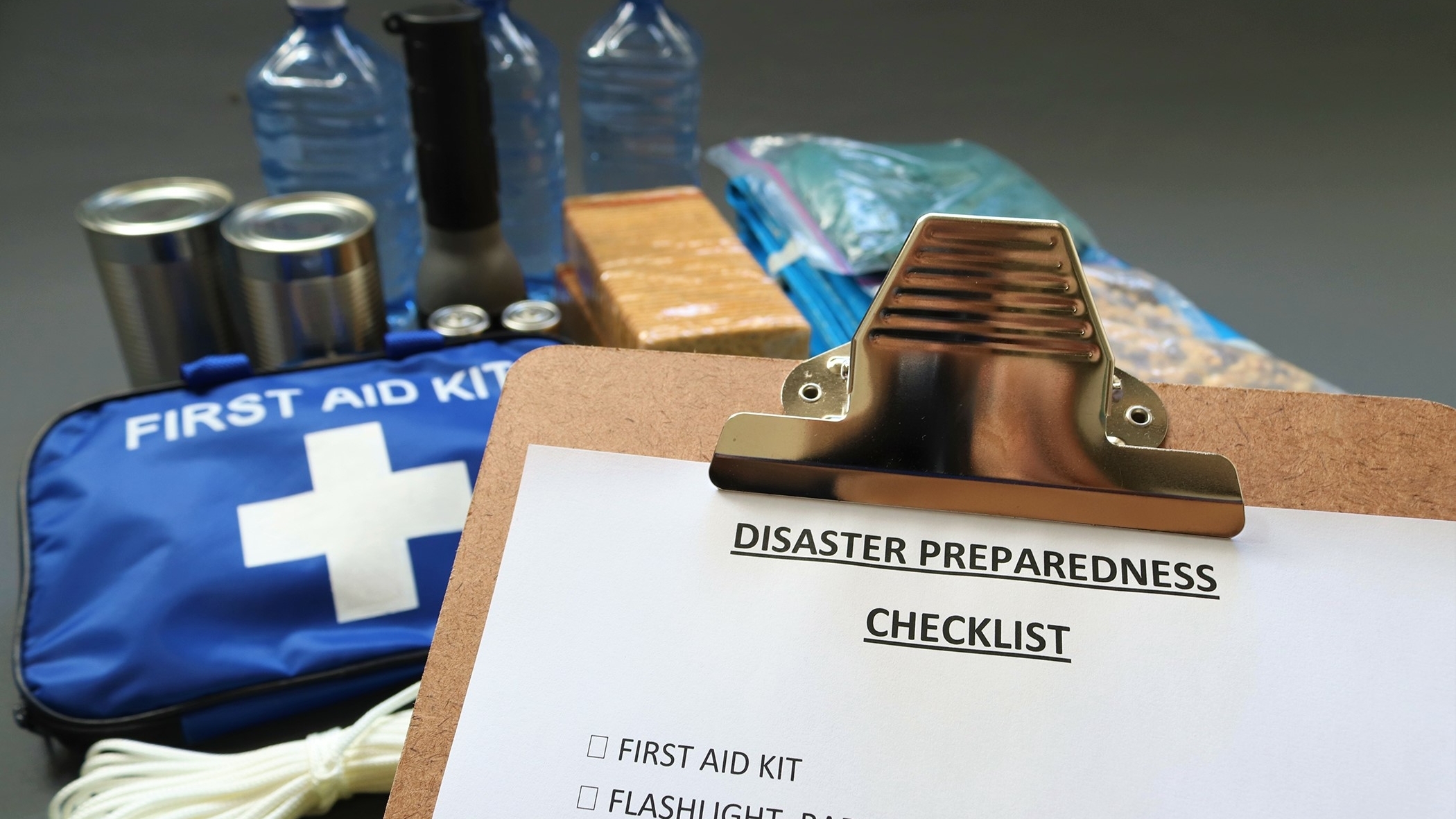Contingency Planning and Training of Personnel Rule (APHIS-2020-0101)

This page provides a general overview of the new regulations for contingency planning and training of personnel that were published in the Federal Register on December 3, 2021. The contingency planning rule took effect on January 3, 2022.
The Animal and Plant Health Inspection Service issued a final rule on December 31, 2012 to establish regulations under which research facilities and dealers, exhibitors, intermediate handlers, and carriers must meet certain requirements for contingency planning and training of personnel. Implementation of this final rule was stayed on July 31, 2013. The stay has now been lifted and minor revisions have been made to the requirements to better ensure that entities responsible for animals regulated under the Animal Welfare Act are prepared to safeguard the health and welfare of such animals in the event of possible emergencies or disasters.
Summary of the Regulatory Requirements
The new contingency planning regulations require all licensees and registrants to develop, document, and follow an appropriate plan to provide for the humane handling, treatment, transportation, housing, and care of their animals in the event of an emergency or disaster. The documented contingency plan must:
- Identify emergency situations that are common in the facility’s local area and that may impact their particular facility. This may include electrical outages, faulty HVAC systems, fires, mechanical breakdowns, and animal escapes in addition to natural disasters most likely experienced in their geographical location.
- Outline specific tasks required to be carried out in response to the identified emergencies or disasters to ensure animal welfare. These specific tasks may detail provisions for providing backup sources of food, water, or bedding supplies in addition to animal evacuation or shelter-in-place instructions and guidance on obtaining veterinary care during emergencies.
- Identify a chain of command to ensure reporting of disasters and detail who (by name or by position title) will be responsible for fulfilling each of the previously specified tasks.
- Address how response and recovery will be handled in terms of materials, resources, and training needed.
APHIS’ AC program has provided an optional fillable form, APHIS Form 7093 Contingency Planning Program (268.77 KB), that may be used to develop and document the contingency plan. However, regulated facilities are not required to use this form and may use existing contingency plans which meet the new requirements.
Upon completion of the contingency plan, licensees and registrants must provide training for personnel regarding their roles and responsibilities as described in the plan. Providing training is a vital component of contingency planning as it ensures that personnel are aware and prepared to safeguard the welfare of the animals if an emergency arises.
The contingency plan must be reviewed on at least an annual basis to ensure that it adequately addresses any changes or new emergency situations encountered that were not previously considered. Each licensee or registrant must maintain documentation of their annual reviews including any changes since the previous year’s review. The annual review documentation, along with the documented contingency plan, must be made available to APHIS upon request, including occasions when traveling facilities are in travel status.
Implementation Timeline
The new regulations for contingency planning and training of personnel were published in the Federal Register on December 3, 2021. The contingency planning rule took effect on January 3, 2022.
Written Contingency Plan: All current licensed and registered facilities (research facilities, dealers, exhibitors, intermediate handlers, and carriers) must have a written Contingency Plan in place by July 5, 2022.
Training: All currently registered and licensed facilities must train their personnel on their roles and responsibilities as outlined in the facility’s Contingency Plan.
- All employees hired before and up to 30 days after the facility puts its plan in place must be trained within 60 days of the facility putting their plan in place.
- Employees hired more than 30 days after the plan is put in place must be trained within 30 days of their start date.
- For facilities newly registered or licensed after July 5, 2022, employee training must be completed within 60 days of the facility putting the plan in place.
Annual review: The Contingency Plan must be reviewed at least on an annual basis. Any substantive changes to the plan as a result of the required annual review must be communicated to employees through training within 30 days of making the changes.
Related Links
- Development Guide: Contingency Plans for Emergencies (1.12 MB) [Tech Note]
- Quick Reference: Contingency Plans for Emergencies (569 KB) [Tech Note]
- APHIS form 7093 - Contingency Planning Program (268.77 KB)
- Animal Welfare Act and Regulations (1.53 MB) [The “Blue Book”]
- Keeping Animals Safe During Emergencies [Animal Care Aid]
- Contingency Planning Webinar Recording VIDEO
- Slides from the Contingency Planning Webinar PDF (3.25 MB)
- Additional Q&As (75.36 KB)

